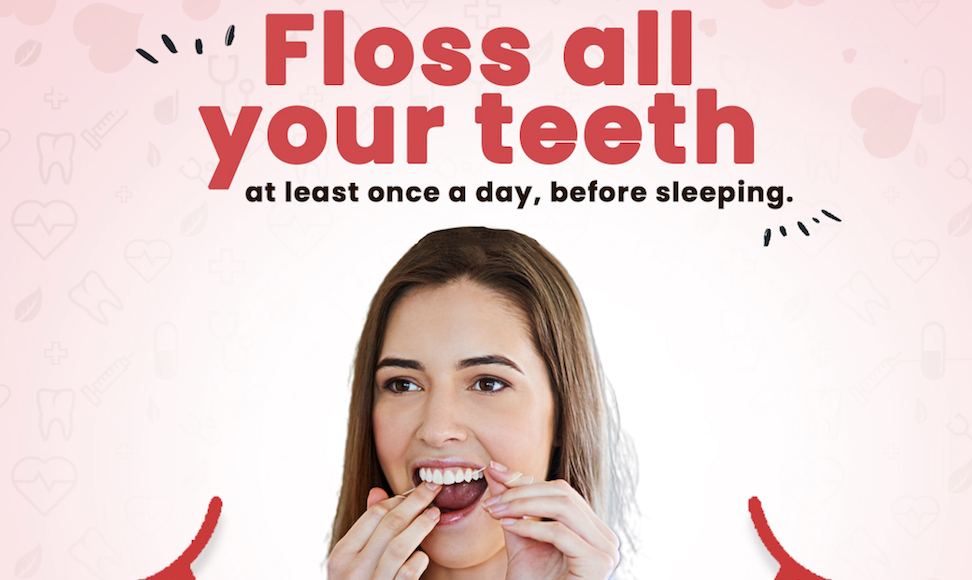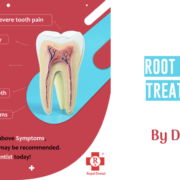Flossing has been a part of our daily dental hygiene routine for so long that it’s almost second nature. But, have you ever stopped to question if it’s really necessary? There seems to be a lot of conflicting information out there when it comes to flossing and its effects on our teeth, from the old myths that it causes gaps in between our teeth to the newer claims that it prevents cavities. In this article, we’ll take a look at the myths and facts about flossing and the impacts it has on our teeth so that you can make an informed decision about whether or not it’s worth adding to your daily routine.
What is dental flossing?
Flossing is the practice of cleaning between your teeth with a thin piece of fil dental floss. It is a necessary part of a daily oral hygiene routine, as it removes plaque and bacteria that can build up on your teeth and gums and cause gum disease and tooth decay. To effectively clean your teeth, you should make sure to brush your teeth twice a day and floss once a day. It is important to note that flossing before brushing is not recommended and takes away the benefits of brushing.
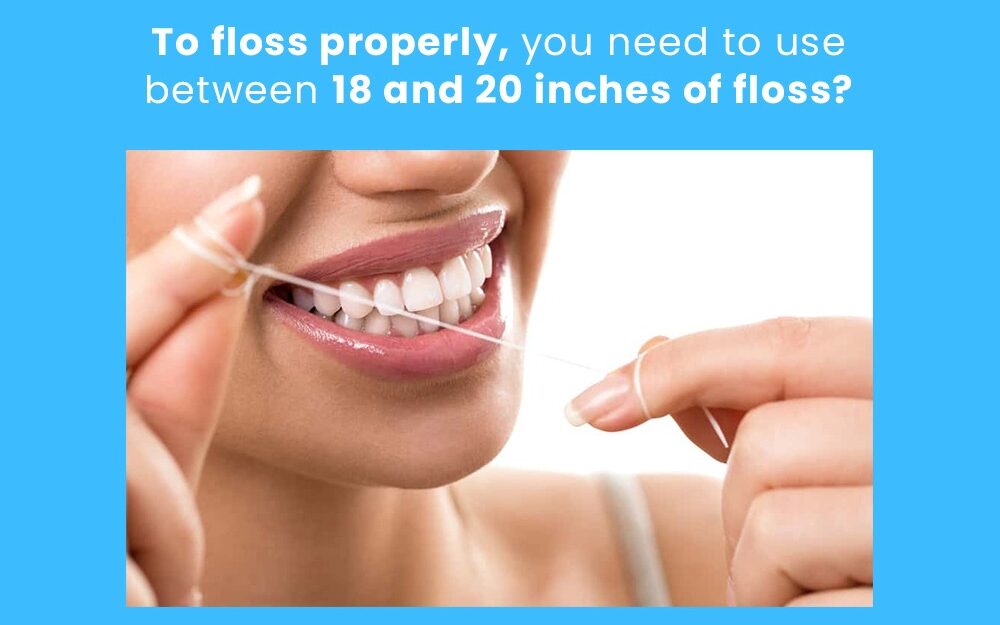
Does flossing cause gaps in between your teeth?
This is a misconception that started decades ago, and it has yielded false information ever since. Unfortunately, this myth has scared a lot of people away from flossing, which can be extremely beneficial for your oral health. When you floss, you are getting rid of all the build-up debris and food particles that sit between your teeth.

The only way to effectively clean your teeth is to reach between your teeth and remove the plaque that is there. The only way to do this is with dental floss. If you are flossing correctly, you are not causing any gaps in-between your teeth, you’re preventing them.
Does flossing prevent cavities in teeth?
According to the ADA (American Dental Association), flossing is not a reliable method of preventing cavities. Unfortunately, it has not been proven to be an effective method of cavity prevention. This is why it’s important to understand that flossing is primarily a tool for oral health maintenance and not a “cure-all” for dental problems.
However, it is important to understand that when you’re cleaning your teeth with floss, you’re also removing bacteria and plaque, which can help prevent cavities. The ADA recommends that you use floss as a supplementary cleaning tool in addition to brushing your teeth twice a day with fluoride toothpaste to ensure that you are effectively removing bacteria and keeping your teeth healthy.
Benefits of Teeth flossing
These are just a few of the many benefits of flossing. If you are unsure if flossing is right for you, it is important to speak with your dentist, who will be able to recommend a flossing routine that is right for you and your oral health goals.
✪ Reduces the risk of gum disease and tooth decay
✅ Helps keep teeth bright and white
✪ Reduces dental bills
✅ Promotes oral health.
✪ Improves Immunity and prevents Obesity
✅ Lowers Stroke Risk and helps with Managing Blood Sugar
✪ Protects Your Gums and prevents Tooth Loss
Removal of plaque from below the gumline, which can erode tooth enamel and develop into tartar (can cause teeth discoloration) Reduce the risk of cavities. Reduces the likelihood of soreness, puffiness, and unsightly redness of the gums. Helps prevent gingivitis, which can progress to bleeding gums and tooth mobility.
American Dental Tips for Flossing Right
Use 18 inches of floss. Wrap most of it around the middle finger of one hand, the rest around your other middle finger.
Grasp the string tightly between your thumb and forefinger, and use a rubbing motion to guide it between teeth.
When the floss reaches the gum line, form a C to follow the shape of the tooth.
Hold the strand firmly against the tooth, and move it gently up and down.
Repeat with the other tooth, and then repeat the entire process with the rest of your teeth.
Use fresh sections of floss as you go.
Dental Floss Facts
Dental floss was invented in 1815 by a New Orleans dentist who advised his patients to use thin thread to clean between their teeth.
Johnson and Johnson patented dental floss in 1898; at the time, it was made out of silk.
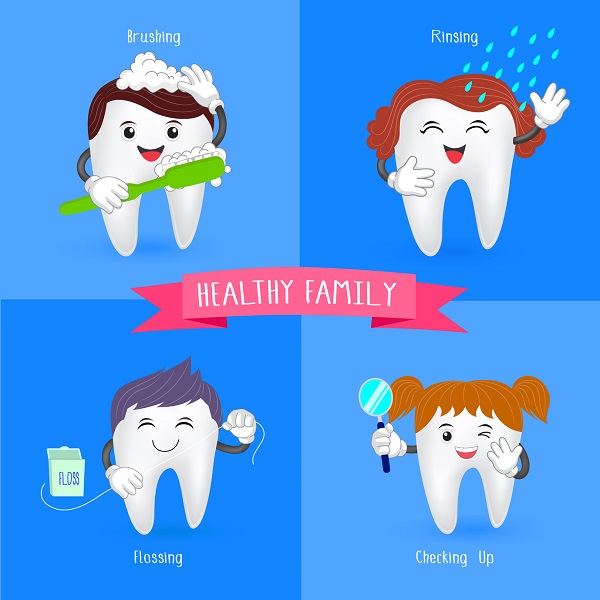
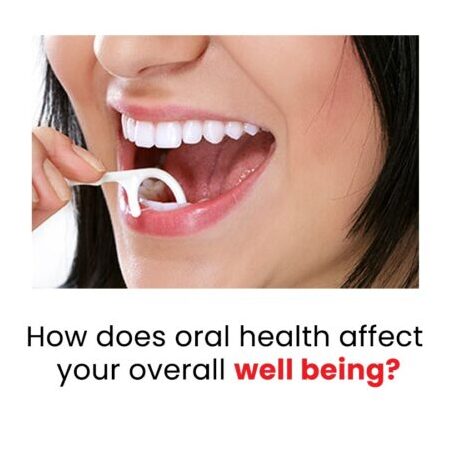
Manufacturers began to use nylon instead of silk in the 1940s.
Some people falsely believe that you can’t floss if you’re pregnant, nursing, or wearing braces. In reality, there’s a technique and material for everybody who wants to floss their teeth. Talk to your dentist about proper flossing techniques if you have any concerns.
Conclusion
As you can see from this article, flossing is an extremely beneficial practice that all people should be incorporating into their daily oral hygiene routine. It not only cleans your teeth, but it also removes plaque and bacteria, which can lead to the development of cavities, gum disease, and tooth decay. When you are cleaning properly between your teeth with dental floss, you can effectively remove all of the food particles and bacteria, which can prevent these problems from occurring. Flossing is an extremely important practice that can help you keep your teeth and gums healthy, and it is one that we at The Daily Floss highly recommend.

